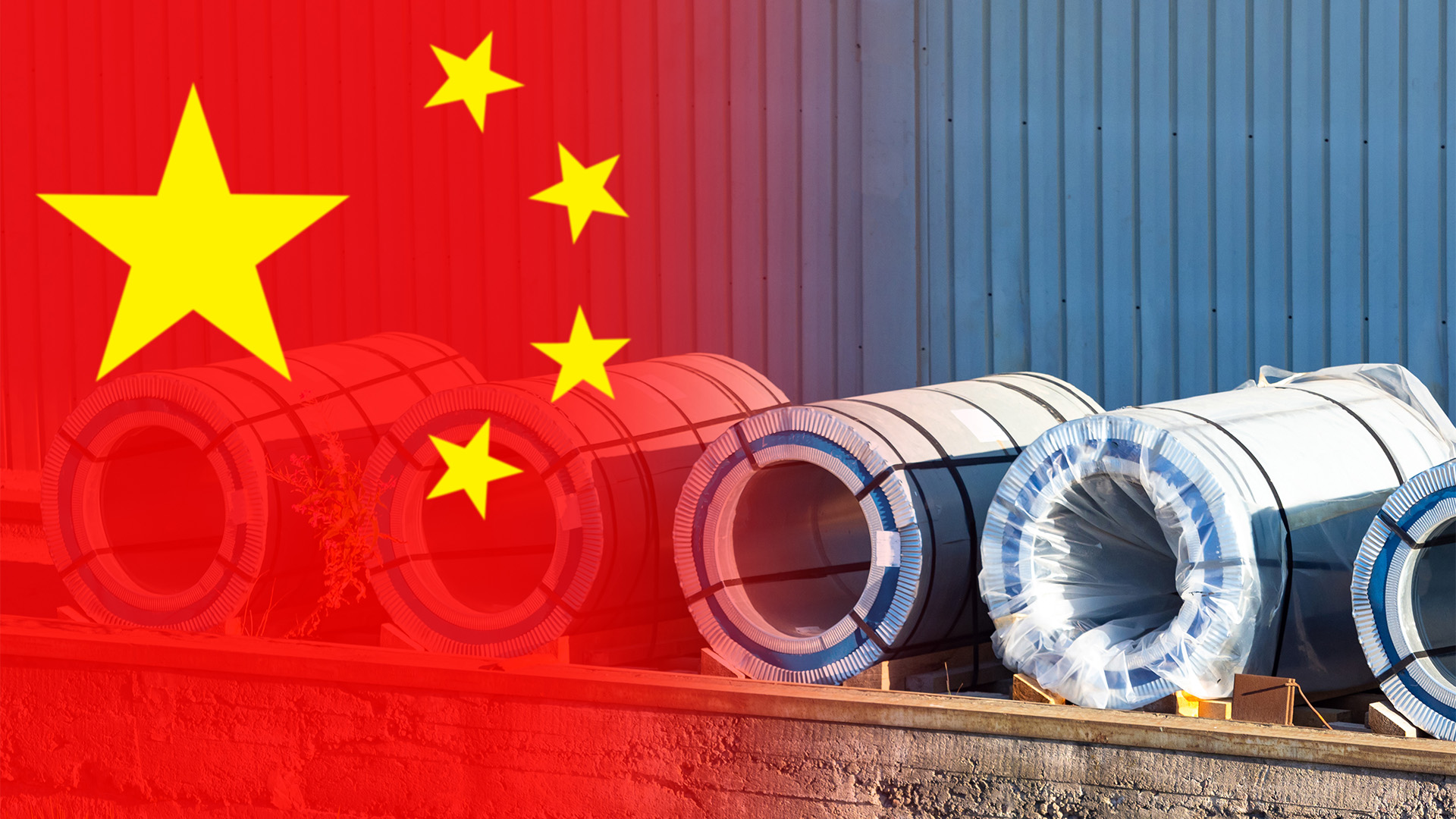The odd boomlet in iron ore continued on Friday, pushing the key Singapore futures price for the global benchmark of 62% Fe fines delivered to northern China higher on the day and week, lifting the gain since the start of August to more than 24%.
Friday’s rise came as China reported a sharp 4.8% slide in crude steel production in August to 86.41 million tonnes from the 90.8 million tonnes in July but 3.2% above the Covid-impacted performance in August last year.
The SGX price ended at $US122.85 a tonne on Friday, up 8% in the week and more than $US23 a tonne since the August 3 low of $US99.26 a tonne.
The rebound in prices only took hold at the start of September, and then got a kick along at the start of last week when more details emerged of Chinese government help for the property sector and better than expected trade data.
There’s no credible reason for the surge in prices except some faint hope that China will get its property sector fixed up and the economy will resume growing confidently.
But investors believed it – Friday saw big rises in the price of Australia’s three major miners. Shares in Fortescue Metals Group shares were up nearly 4%, Rio Tinto gained 3%, and BHP added 3.5% on the ASX.
That saw the gains last week, with Rio Tinto booking a 6.8% rise, Vale, the Brazilian miner, saw the US dollar price of its shares jump more than 4%, while BHP saw a near 6% rise, and Fortescue did best with the shares adding 8.3%.
The boomlet is odd because the realities of the Chinese steel market do not justify such a big rise in iron ore prices in such a short period of time and has continued despite two very public warnings from Chinese government officials about speculation.
The boomlet is being driven by a belief that the Chinese government’s limited stimulus move will boost demand, especially the property sector where investment fell 8.8% in the year to August, a larger fall than the 8.5% drop in July.
The Singapore price gains showed up in Chinese markets with the most-traded January iron ore contract on the Dalian Commodity Exchange climbing as much as 2.2% to hit a contract-high of $US120.90 a tonne.
National Bureau of Statistics data showed that average daily steel output in August was 2.79 million tonnes, down from 2.93 million tonnes in July but up from 2.71 million tonnes in the same month in 2022.
Despite the slide, China churned out 712.93 million tonnes of crude steel in the first eight months of 2023, up 2.6% from the same period in 2022.
The slide in production was also a surprise given that China's iron ore imports in August climbed 13.8% to 106.42 million tonnes from July’s 93.48 million tonnes as Chinese mills hopefully boosted output ahead of the peak construction months.
Higher demand for iron ore was also reflected in the increase in daily output of hot metal – an intermediary product made in blast furnaces and widely used to gauge iron ore demand.
For the first eight months of 2023, China's iron ore imports totaled 775.66 million tons, 7.4% higher than the same period a year earlier, the customs data showed.
Australian iron ore exports to China rose to more than 40 million tonnes in August, higher than July’s 37.2 million tonnes and 39.3 million tonnes in August 2022.














